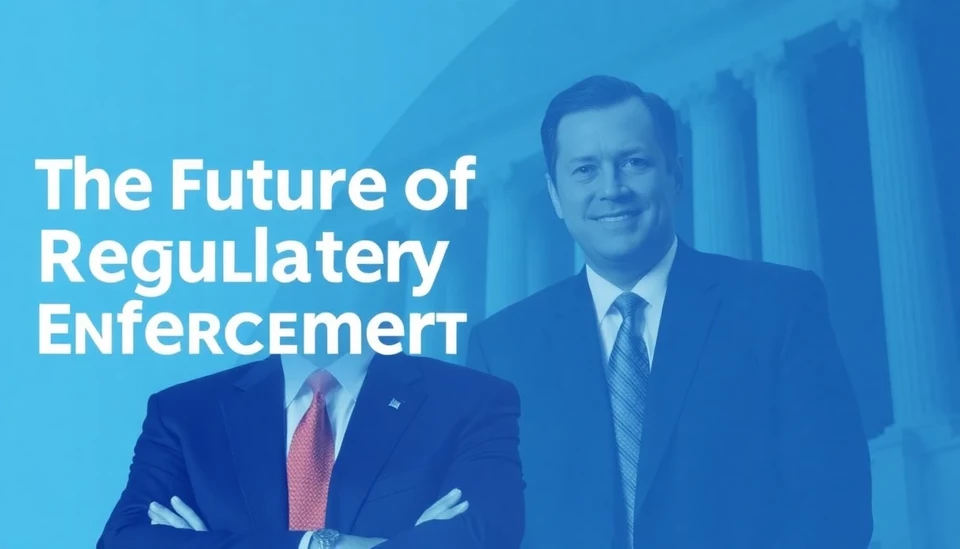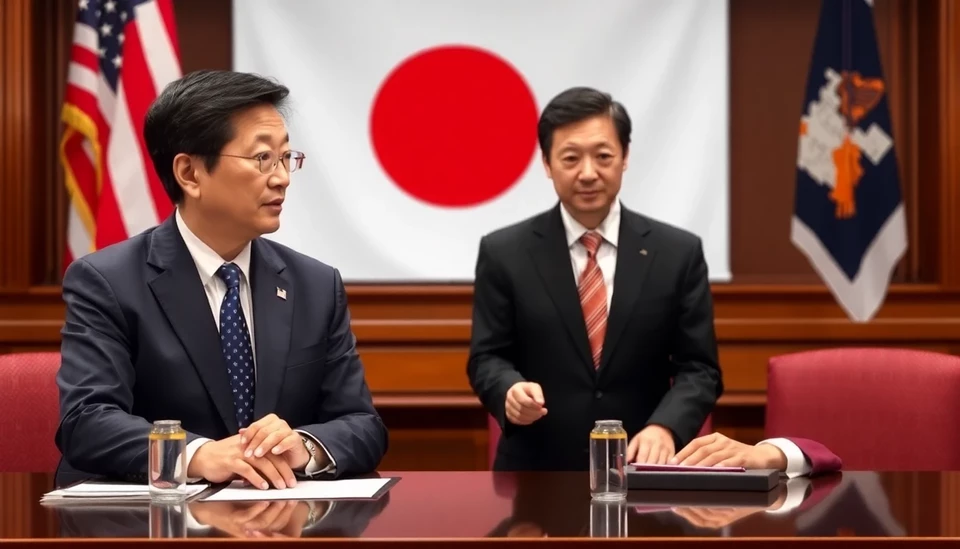
In a significant evolution within financial regulation, the leaders of the U.S. Securities and Exchange Commission (SEC) and the Commodity Futures Trading Commission (CFTC) have voiced their predictions of a transformative approach towards penalty policies and enforcement strategies. During a recent exposition, both Chair Gary Gensler of the SEC and Chair Rostin Behnam of the CFTC discussed a broader vision aimed at adapting to the continuously changing landscape of the financial markets.
As regulation becomes increasingly complex—driven by advancements in technology, the rise of cryptocurrencies, and shifts in investor behavior—both agencies are poised to recalibrate their focus. Gensler and Behnam emphasized the importance of being more proactive in addressing emerging risks while striving to enhance market integrity.
One notable change discussed is the potential for a shift from traditional punitive measures towards more collaborative enforcement approaches. Gensler highlighted the importance of fostering better relationships with the entities being regulated, suggesting that communication and cooperative processes could lead to compliance and overall market health, rather than purely punishing misconduct.
Behnam echoed this sentiment by acknowledging that while penalties have been effective in some cases, there is a pressing need to reassess their impact on market stability and participant behavior. He suggested that the CFTC would be moving towards more tailored enforcement actions that consider the nuances of individual violations rather than applying a one-size-fits-all penalty model.
Another crucial aspect of their discussion centered around the determination of penalties, which may become more nuanced and context-sensitive. Leaders indicated that they would prioritize understanding the intent and circumstances surrounding infractions, which could lead to innovative resolutions rather than just financial fines.
Moreover, Gensler and Behnam highlighted the increasing responsibility of regulatory bodies to respond to novel threats, particularly those stemming from technological advancements. For instance, the proliferation of decentralized finance (DeFi) and non-fungible tokens (NFTs) presents unique challenges that require regulators to rethink existing frameworks. The SEC and CFTC are committed to ensuring that their regulatory measures not only protect investors but also adapt to these groundbreaking developments in the financial sector.
Looking forward, both chairs expressed optimism about their departments’ abilities to meet these new challenges head-on. They reaffirmed their commitment to transparency and public engagement as they navigate this evolving regulatory landscape. In a touch of candor, Gensler mentioned that the secret to successful regulation lies not merely in enforcing rules but in ensuring that market participants understand them.
The implications of these discussions are significant, possibly reshaping how financial regulations are perceived and implemented in the future. While the transition may take time, the insights shared by Gensler and Behnam signal a thoughtful approach that reflects the complexities of the modern economic environment.
As the SEC and CFTC prepare to innovate their policies and practices, market participants will be keenly watching to see how these changes unfold and what they entail for compliance moving forward. This proactive and responsive regulatory posture may ultimately foster a healthier financial ecosystem, balancing accountability with the need for growth and innovation.
In conclusion, the discourse between the heads of the SEC and CFTC marks a pivotal moment in regulatory evolution, with implications that extend beyond mere enforcement to encompass a broader vision for market integrity and participant relations.
#SEC #CFTC #FinancialRegulation #MarketIntegrity #Compliance #EnforcementStrategies #InnovativeApproaches #InvestorProtection
Author: John Harris




